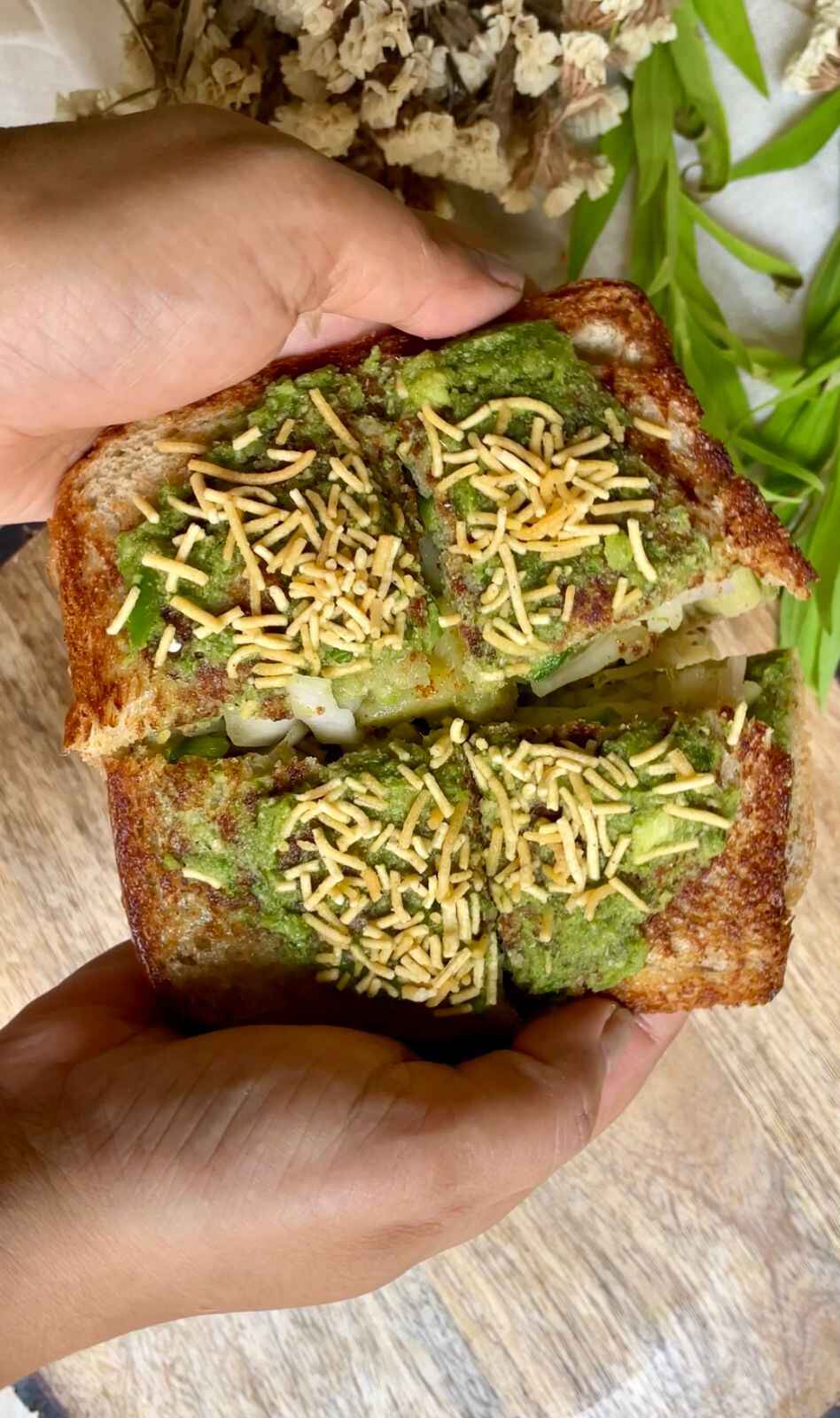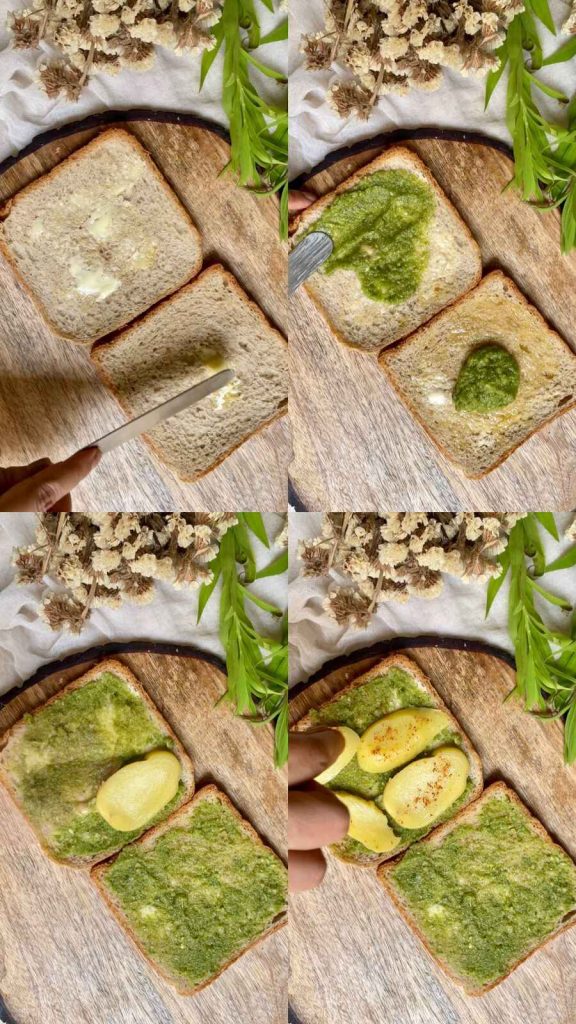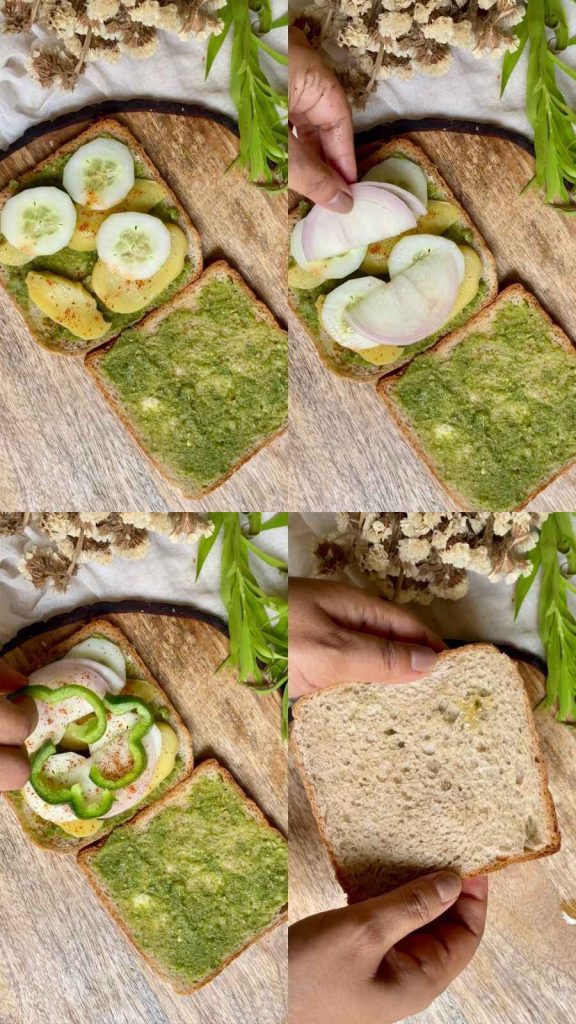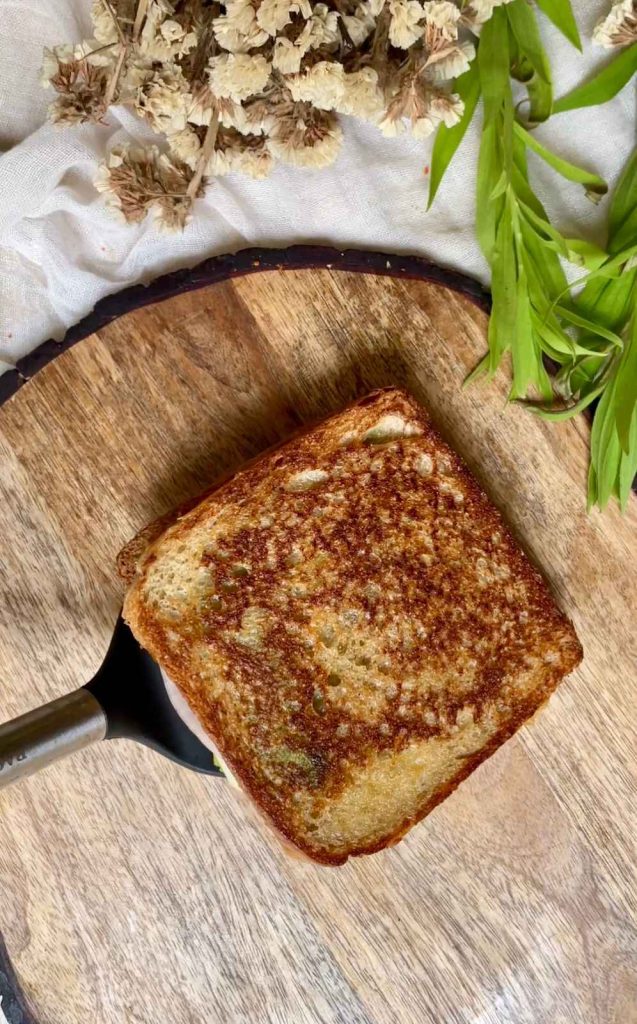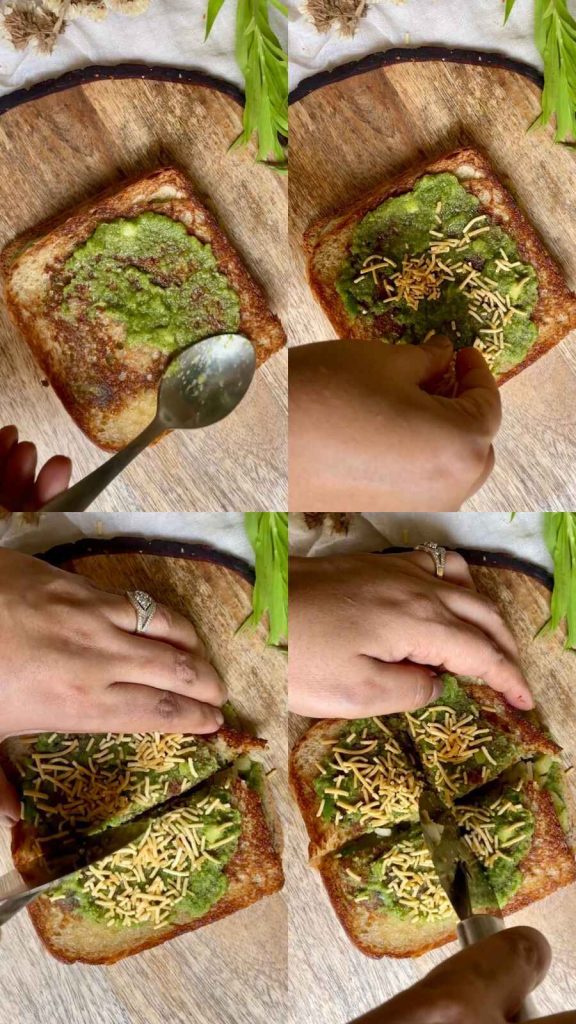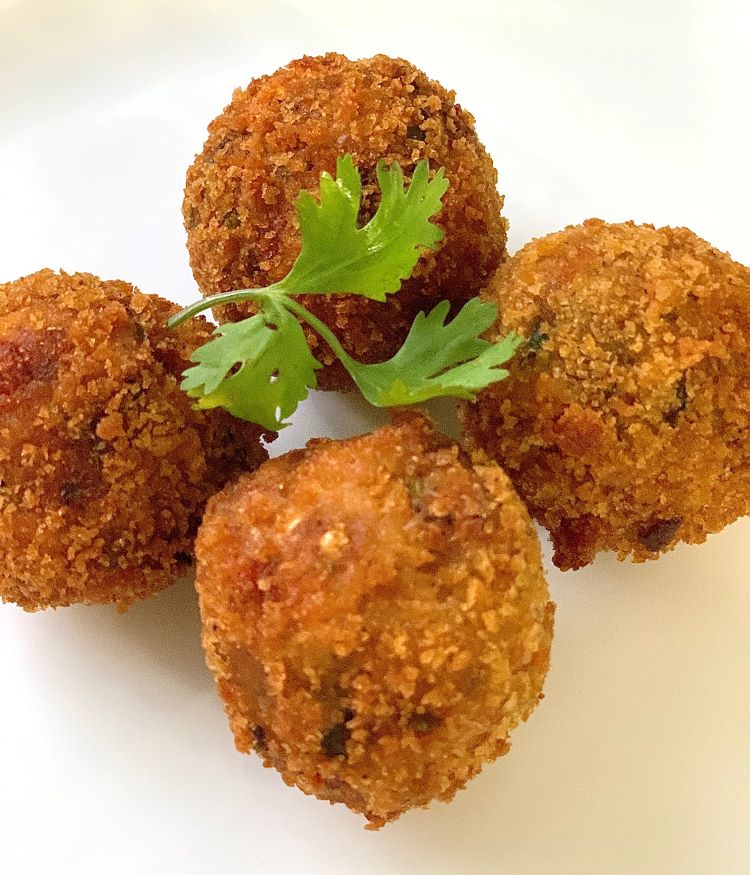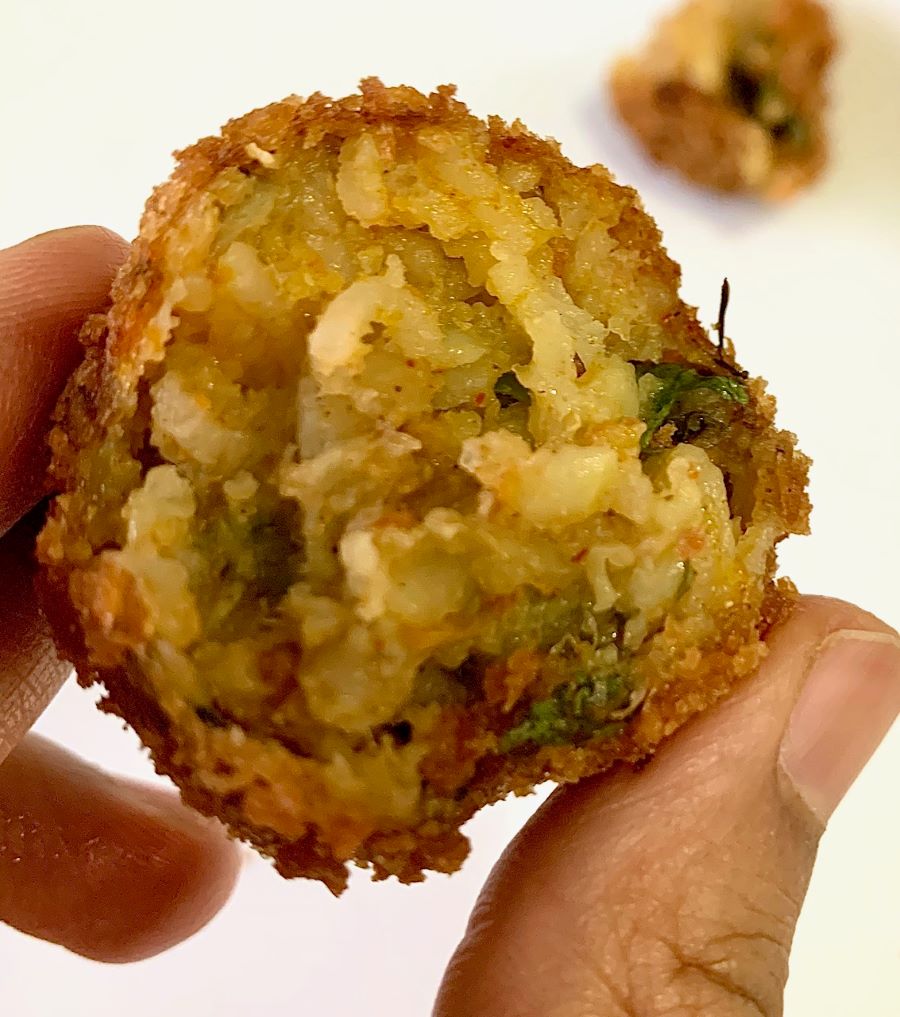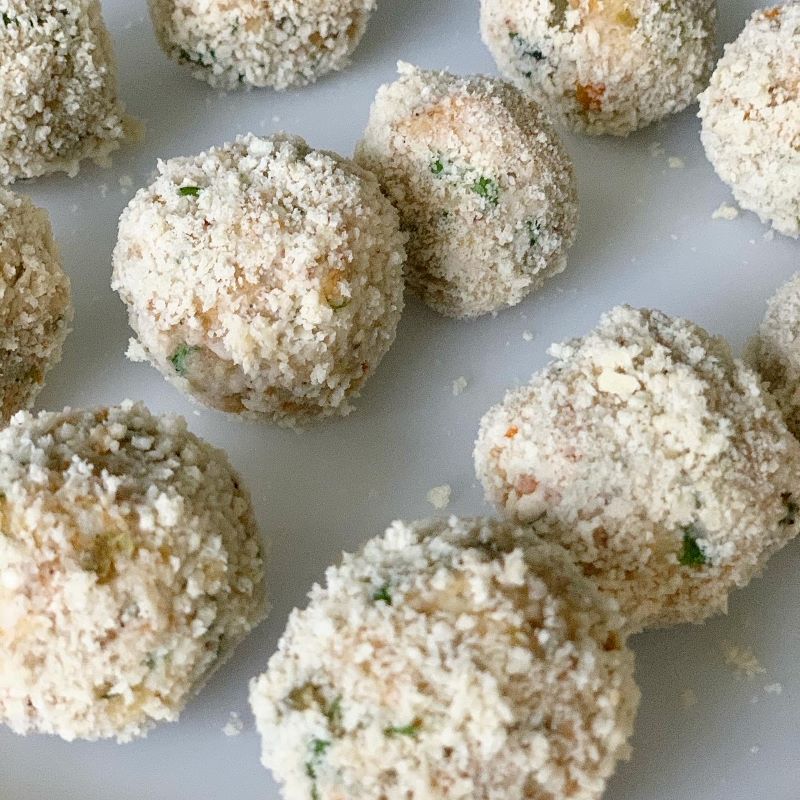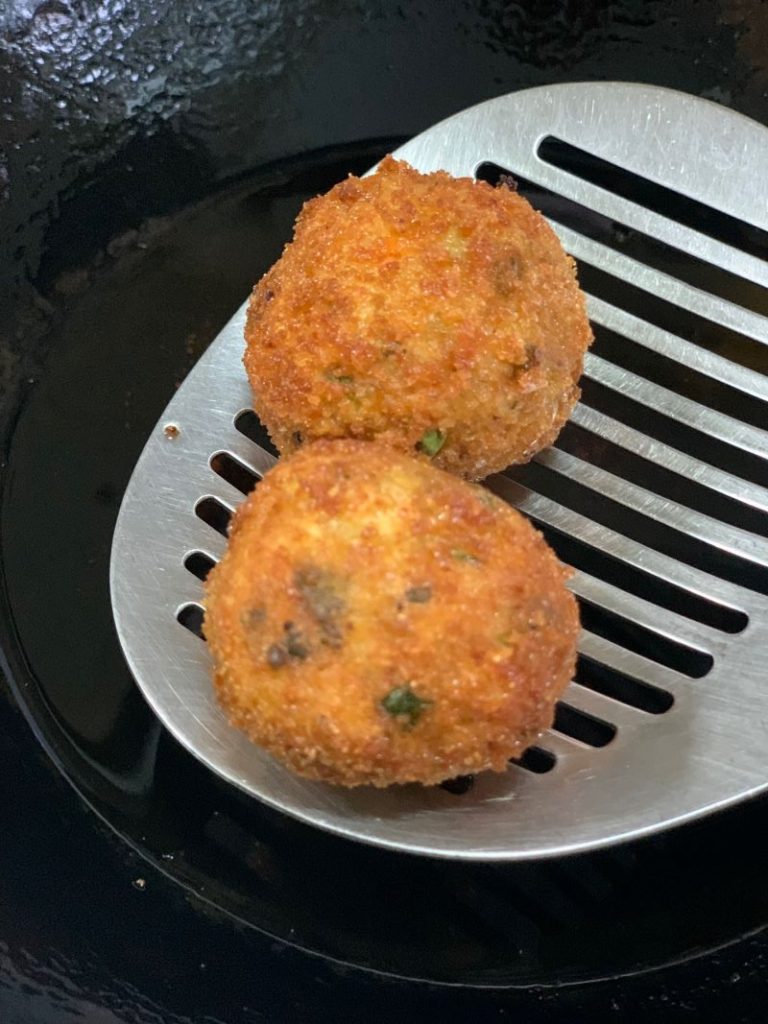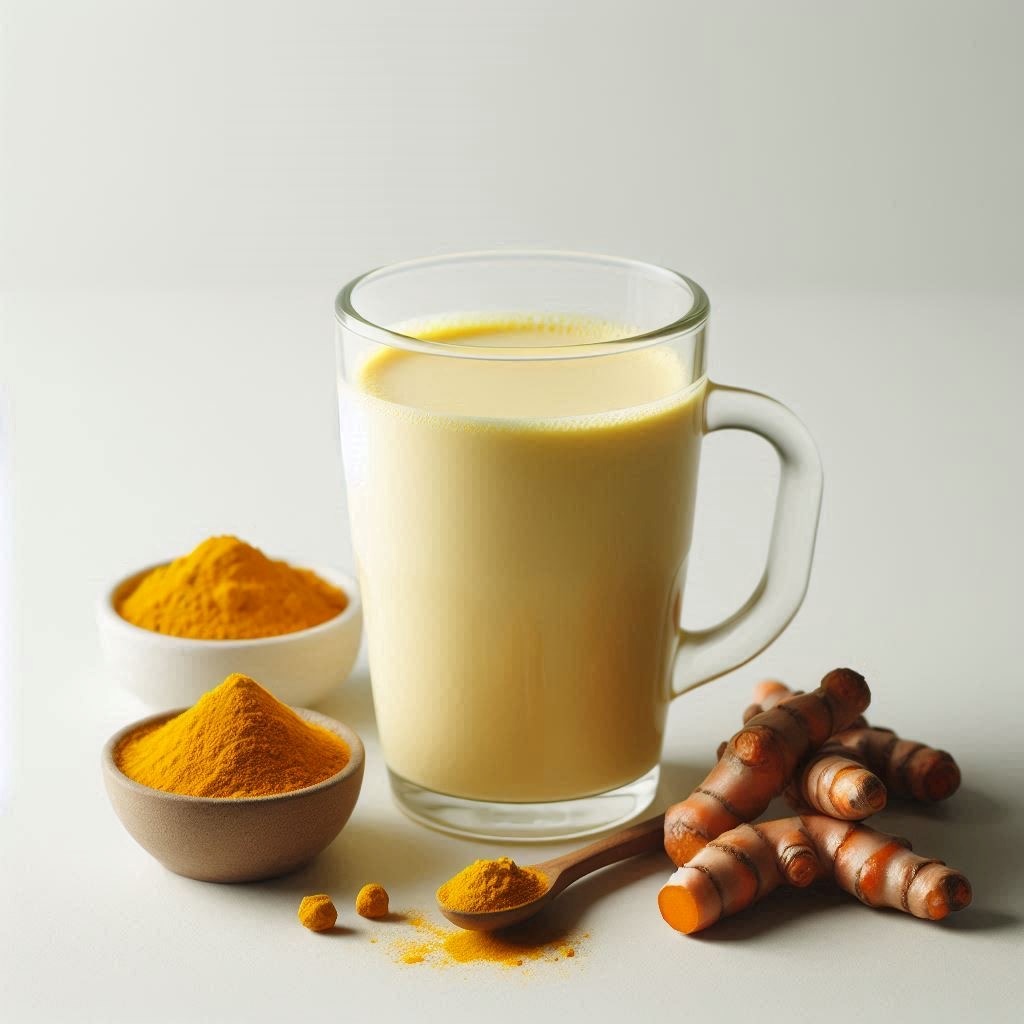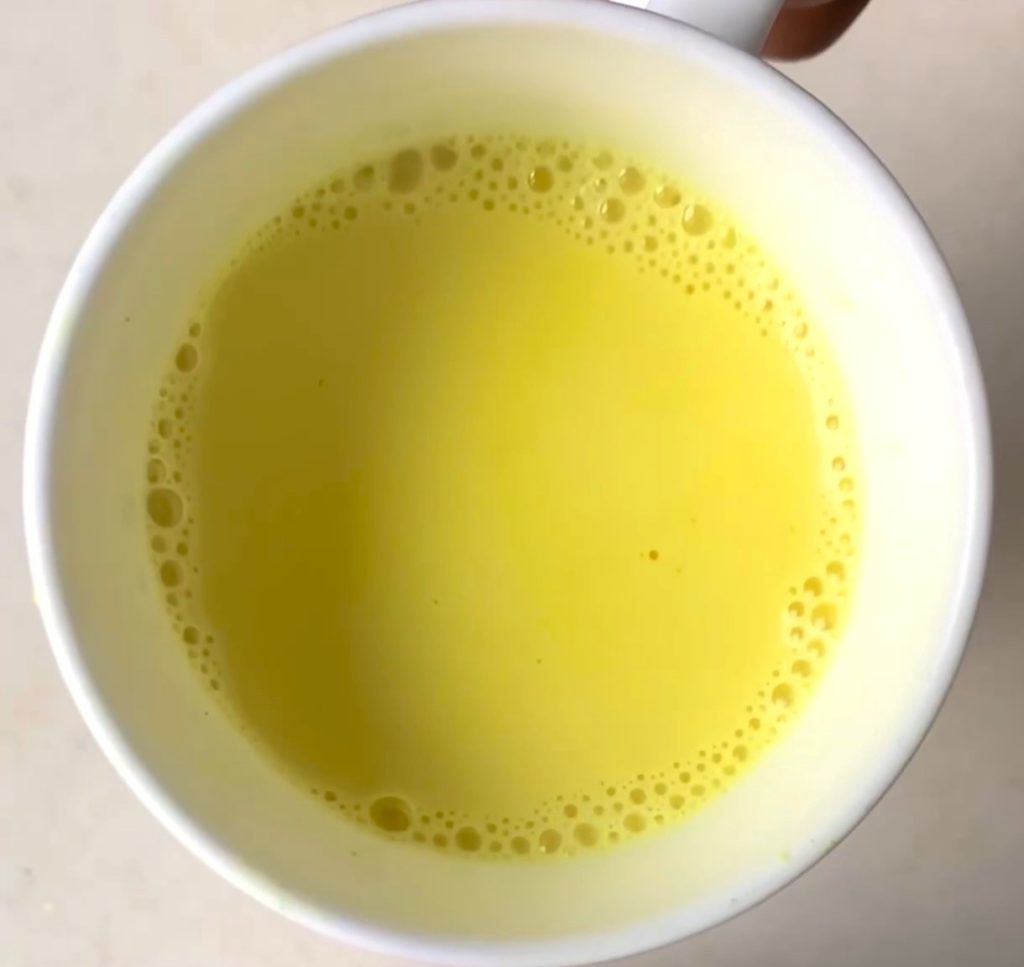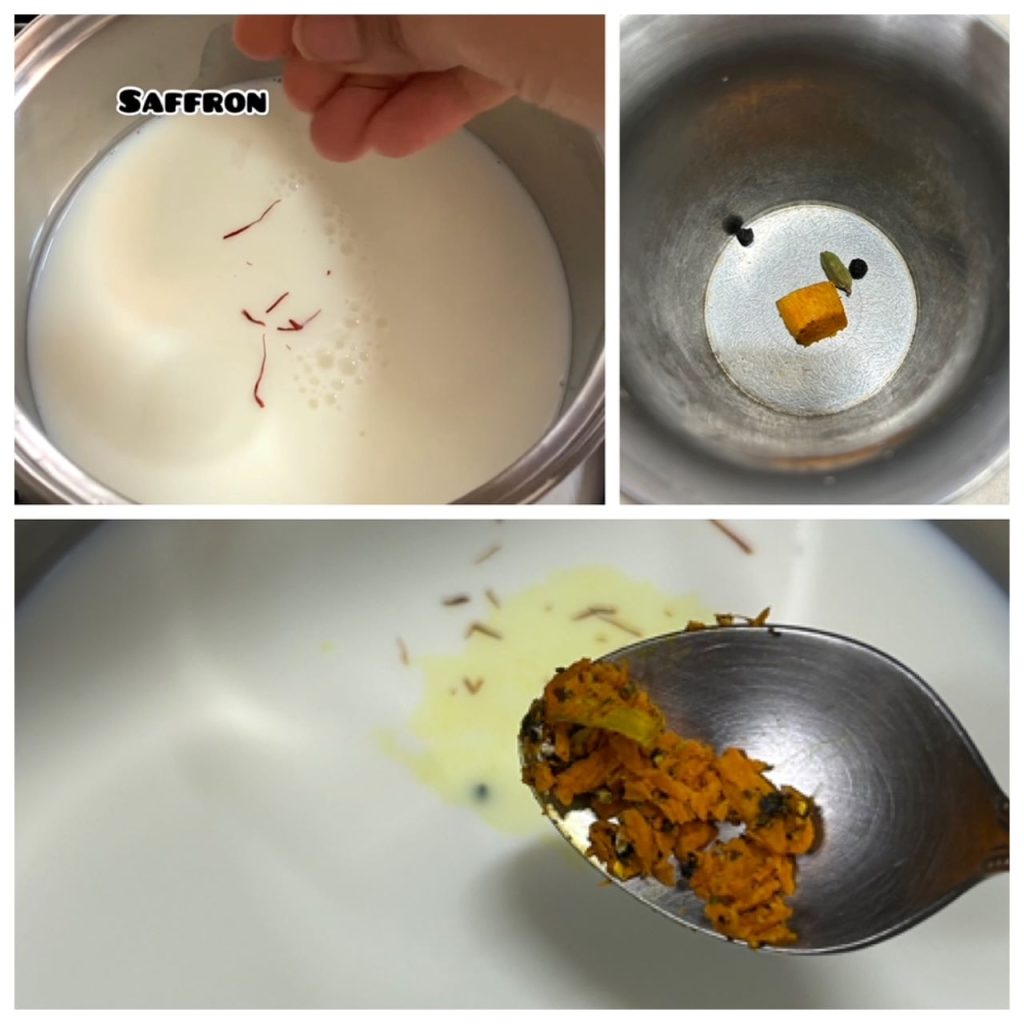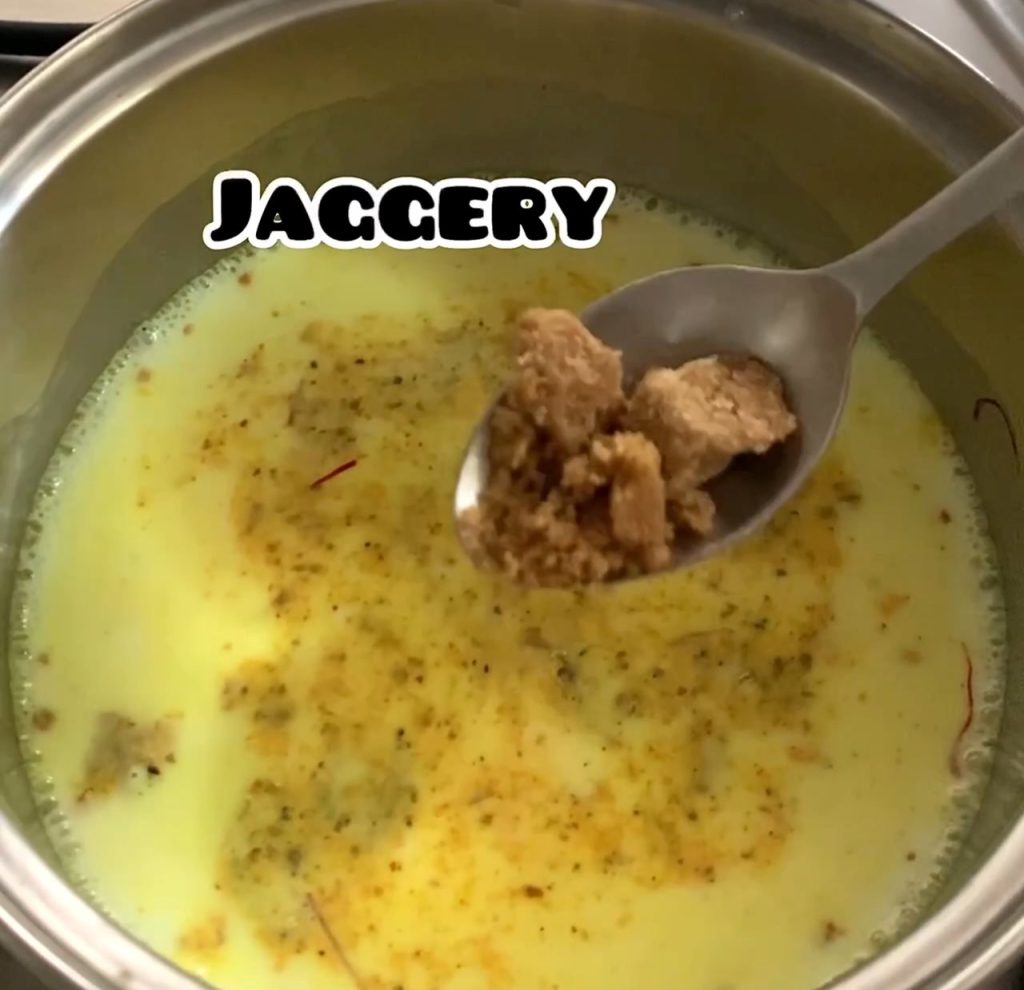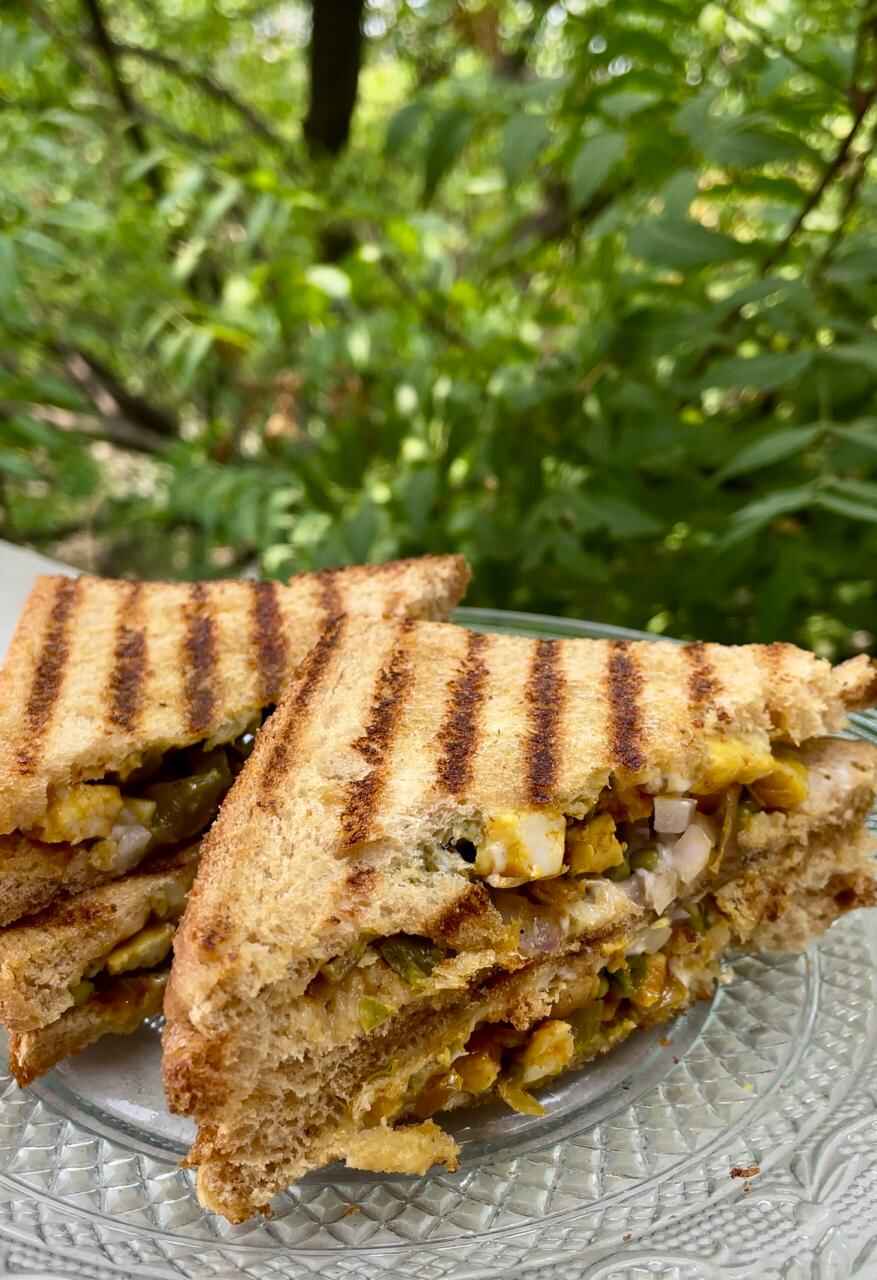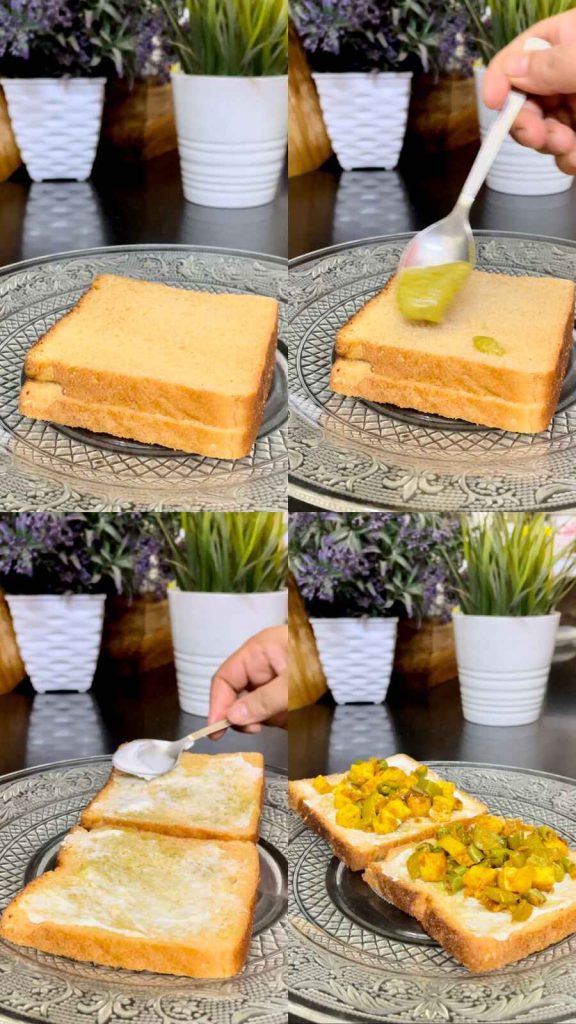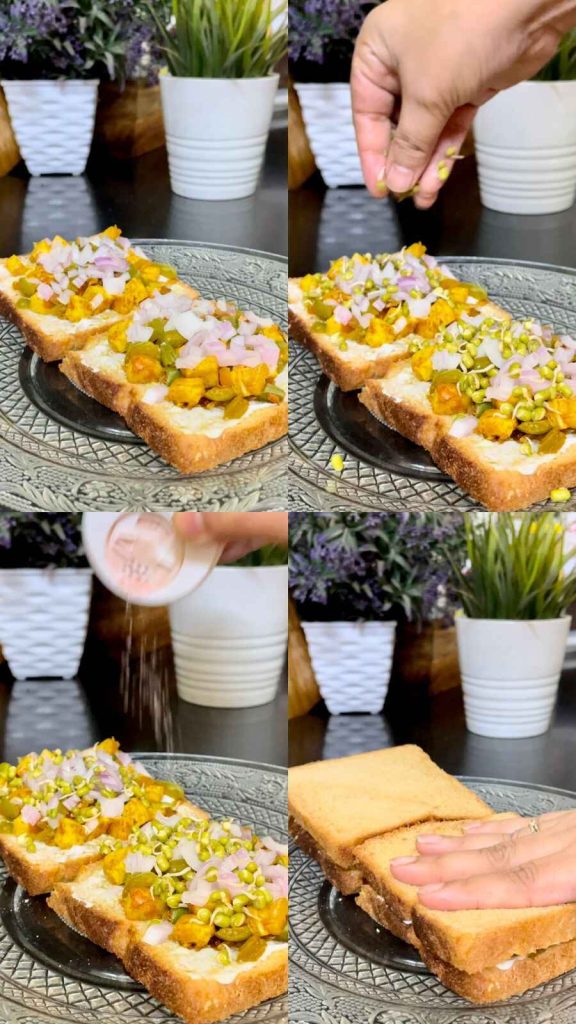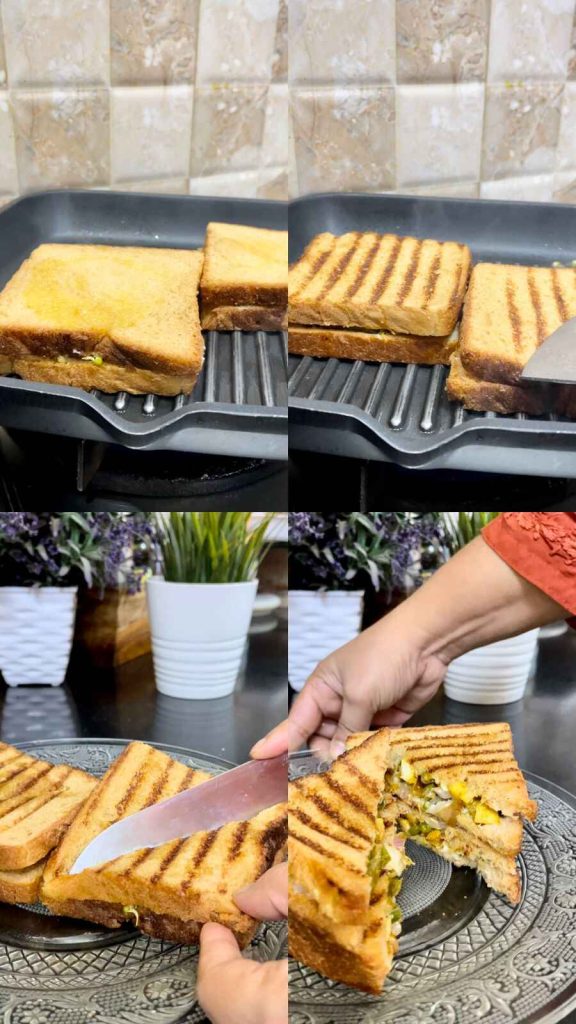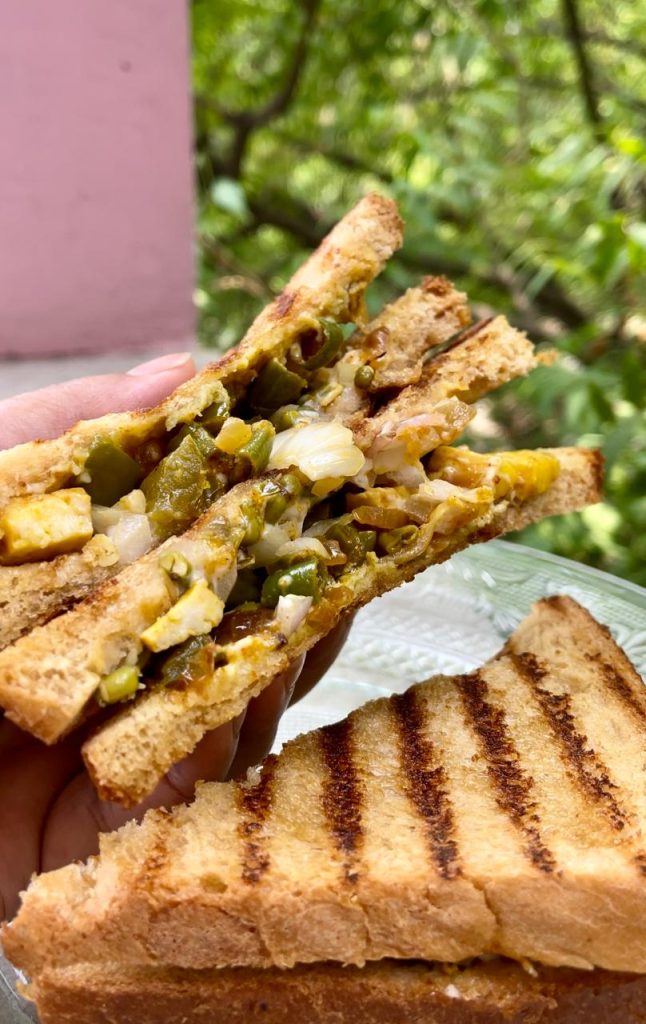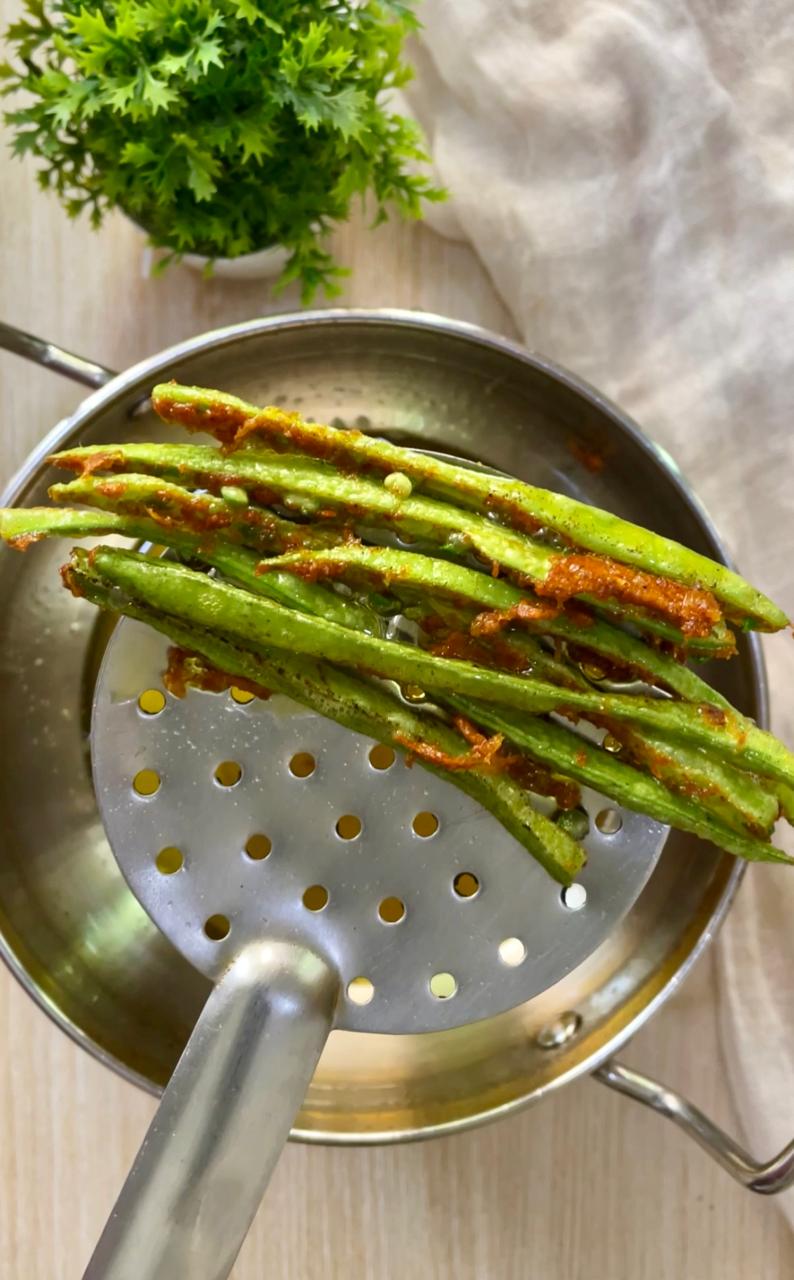
If you are from Rajasthan you definitely know this vegetable but do you know that India is a largest producer of gawar phali (cluster beans) ? Gawar Phali, the superfood from Rajasthan truly deserves its name as a magical vegetable as it can provide an array of health benefits that most other vegetables cannot offer. Gawar phali is an excellent source of dietary fibre, protein, and minerals, and the best part it is also low in calories. So let’s quickly see how to make crispy cluster beans as side dish.
Ingredients:
250 grams cluster beans
1/2 teaspoon turmeric powder
1 teaspoon coriander powder
1/2 teaspoon roasted cumin powder
1/2 teaspoon red chili powder (adjust according to your spice preference)
2 tablespoons cornflour
1/2 teaspoon amchoor (dried mango powder)
Salt to taste
Oil for frying
Instructions:
Start by washing the cluster beans thoroughly under running water and pat them dry with a kitchen towel.
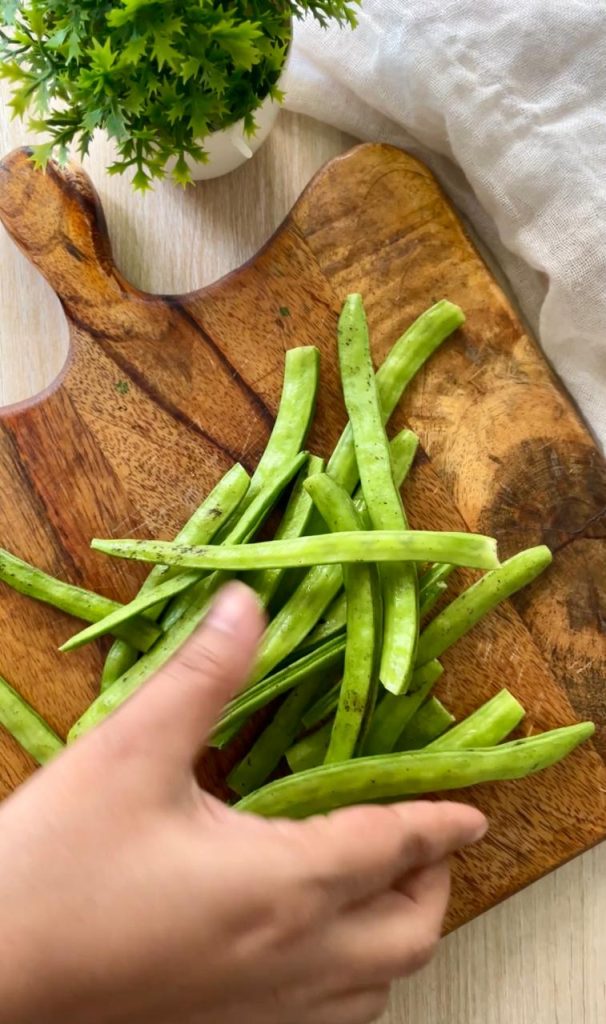
Trim the ends of the cluster beans and slit them lengthwise from the center.
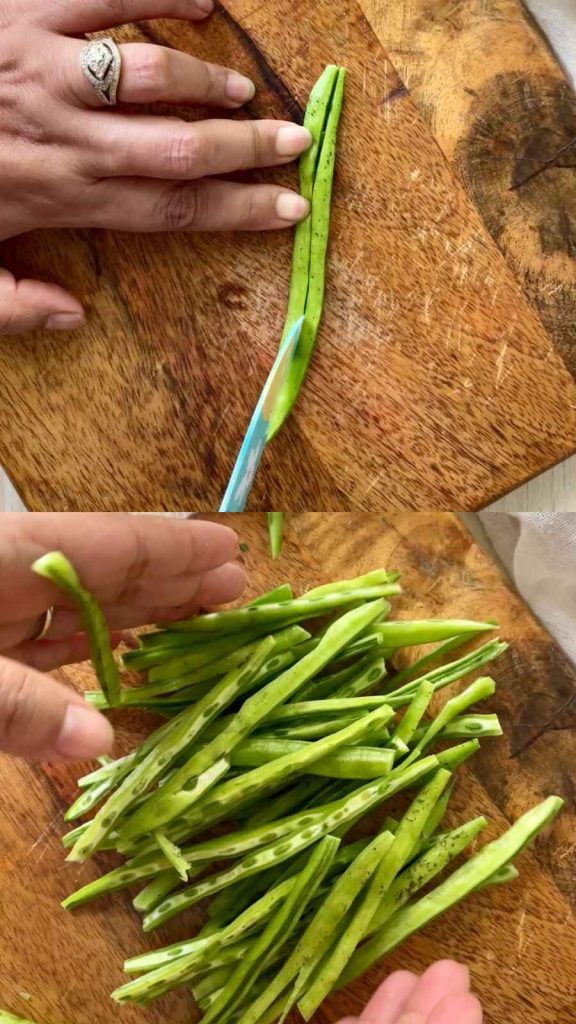
In a large plate add the washed and dried cluster beans to the spice mixture combine turmeric powder, coriander powder, roasted cumin powder, red chili powder, cornflour, amchoor, and salt. Mix well to ensure the spices are evenly distributed.
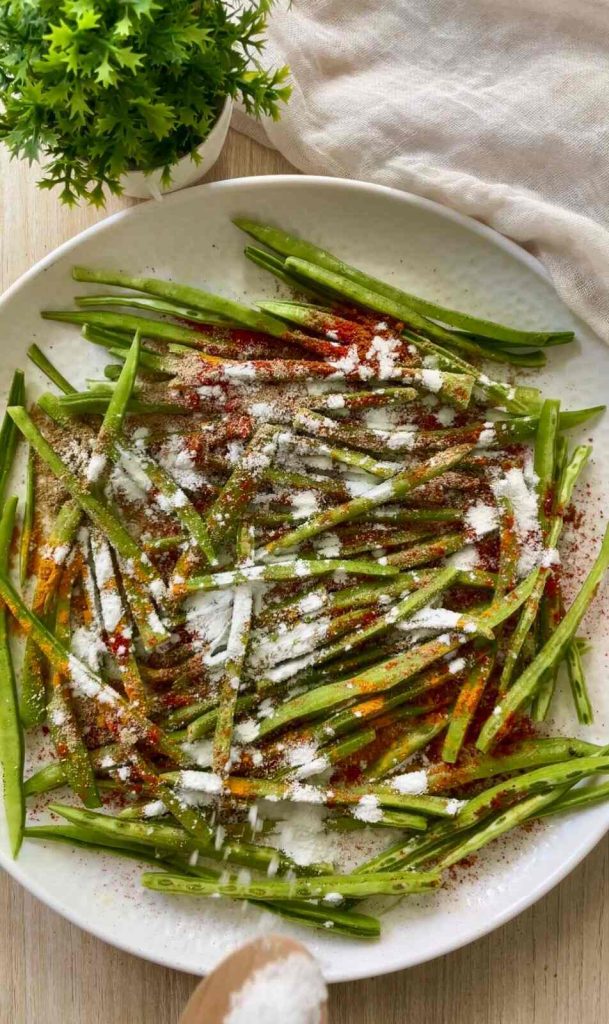
Gently coat the beans with the spice mixture, making sure each bean is well coated. Allow the beans to marinate in the spice mixture for about 10 minutes. This will help the flavors to infuse into the beans.
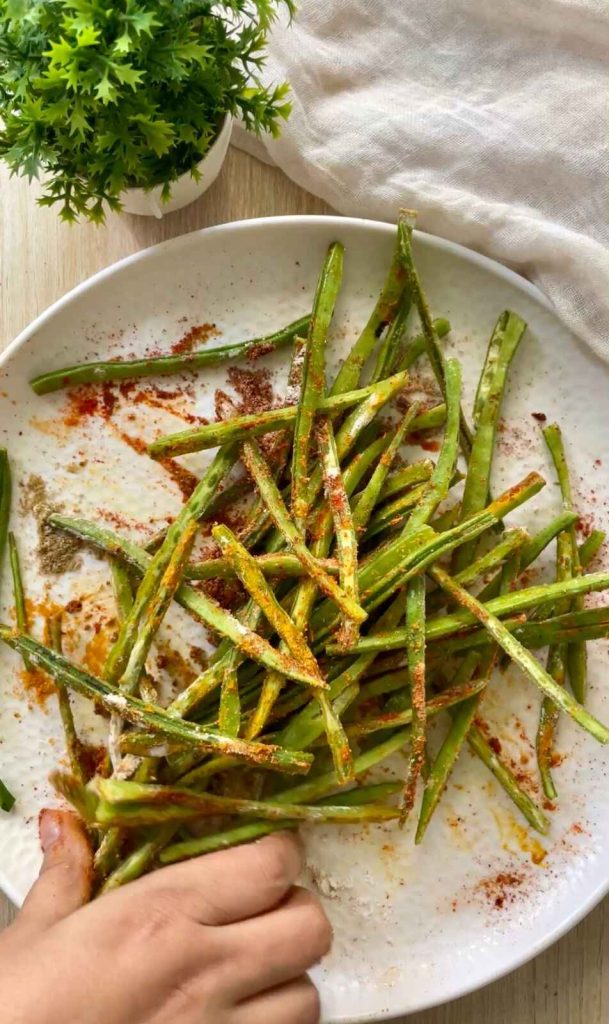
Meanwhile, heat oil in a deep pan or kadhai over medium heat. Once the oil is hot, carefully add the marinated cluster beans into the pan. Fry the cluster beans until they turn golden brown and become crisp. Stir occasionally to ensure even frying.
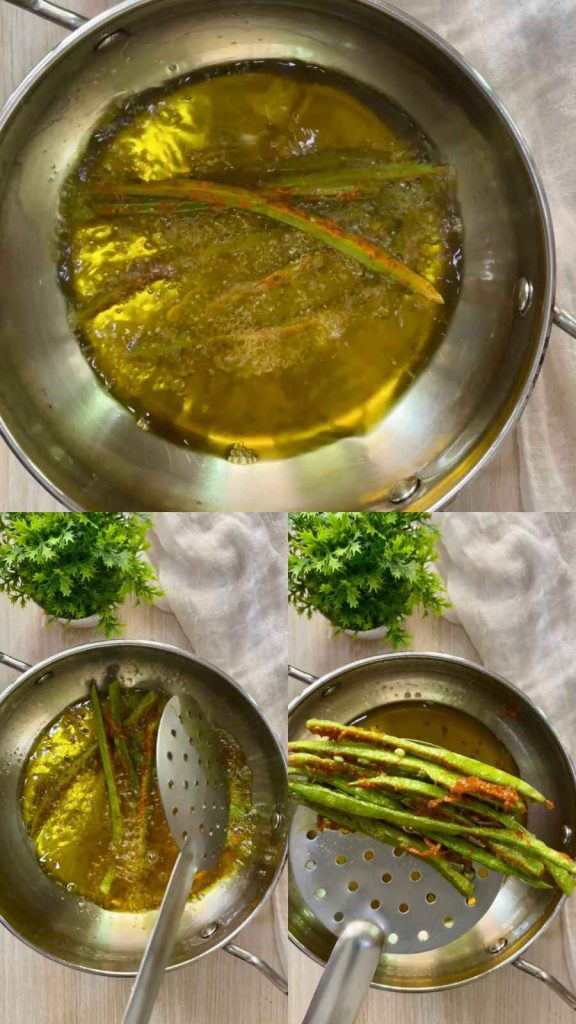
Remove the crispy cluster beans from the hot oil and place them on a kitchen paper towel. This will help absorb any excess oil. Repeat the frying process for the remaining batches of cluster beans until all are cooked to perfection. Once done, transfer the crispy cluster beans to a serving dish and serve immediately as a side dish or snack.
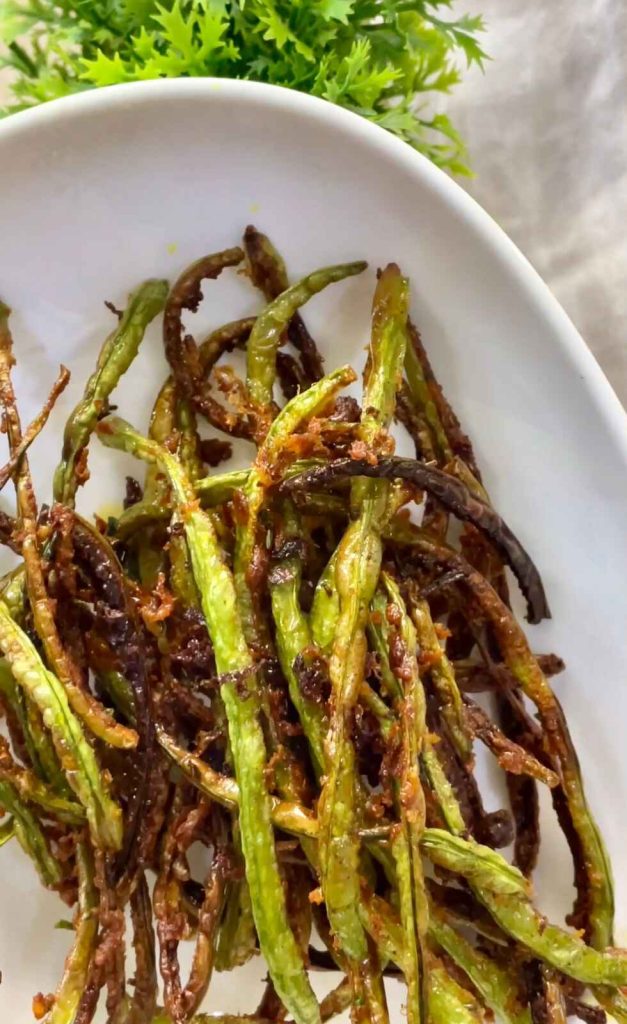
Enjoy your homemade crispy cluster beans as a delightful and crunchy accompaniment to your meals! Hope you liked the recipe. I would love to see your creations. If you tried this recipe , just click a pictures and tag us on @masala.monk or use the hashtag #MasalaMonkRecipe and share on Instagram and Facebook. Happy Cooking!

